What Is the Difference Between Conduit and Ducting?
Here at I-Sells, as the number 1 supplier of venting and ducting solutions in the UK, we endeavor to bring you the necessity of a properly ventilated home alongside all of the benefits that can be experienced. In this article we will be answering the question ‘What is the difference between conduit and ducting?’
All of the solutions we offer are in an effort to disrupt the environment necessary for mould to formulate, as mould can have serious health implications as well as spread easily if left unattended.
Alongside mould control, our venting and ducting solutions also aid in the removal of condensation, retention (and in some cases addition) of heat, and the removal of stale air in your home.
As we continue, let us explain a little bit about ducting.
Explaining Ducting
Ducting is used in order to create an isolated airflow for extracted air to travel through, the airflow is facilitated by the use of an extractor fan or PIV systems. Ducting can either be made from metal or plastic
These systems aid in creating a home or space with fresh air and help to regulate the temperature in order to prevent the cultivation of mould and dampness.
Mould, otherwise known as damp, is a fungus that grows on wet surfaces. Mould reproduces from tiny spores. The spores float through the air and deposit on the surfaces. Under adequate temperature, moisture, and nutrient conditions, the spores can form new mould colonies.
Mould can severely affect your immune and respiratory system, as the spores are easily breathable and not obvious to see through the human eye.
If you have found mould in your home, you need to assess if this is your landlord’s responsibility (for example it could be from a leaking roof that needs repairing). Or if the damp is caused by improper ventilation. To assess your options, click here.
Is there more than one kind of ducting?
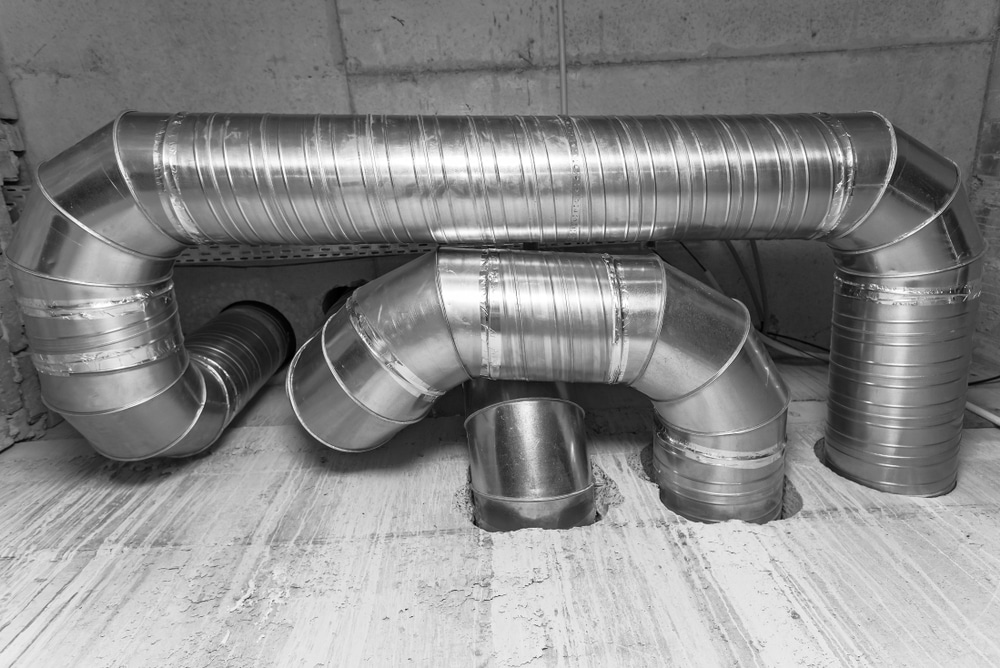
Round Pipe:
Round ducting has the highest airflow performance, this is due to a wider diameter increasing its free area. The lack of corners also decreases resistance within the pipe, which allows for higher airflow rates and higher rates of ventilation.
It is recommended for most applications where space is available for installation. Its main purposes are for long ducting runs, whole-house ventilation systems, HVAC systems, bathroom, toilet and utility room extract fan venting, or any occasion where high rates of extraction are required.
Round PVC ducting pipe can be used for venting exhaust odours and steam from cooker hoods, although flexible ducting may be easier to install in many instances.
Sizes are available from 100mm, 300mm, 500mm and 600mm diameters, with sizes between these dimensions also available. Both round and flat ducting have smooth inner surfaces to reduce air resistance and noise.
Pros & Cons of Round Ducting
Pros: | Cons: |
High Airflow | Difficult to conceal |
Less friction | Poor results in low-pressure systems |
Lightweight | More expensive than flat ducting |
Corrosion-resistant | |
Better for high-pressure systems | |
Designed for HVAC systems |
Flat Channel Duct:
Flat channel ducting is ideal when a low profile is required due to lack of space. It can also be concealed and flush fit against ceilings and walls or within voids.
Please bear in mind that as a result of a lower free area, there is greater pressure created within a duct run. It is therefore essential that you check the manufacturer information for the fan you are planning to install within the run.
If the fan is extracting at a rate that is greater than the duct run can cope with, there is potential for the fan to overheat and burn out. This is both costly and unnecessary.
Flat channel plastic ducting is generally used for installations requiring low extraction rates such as bathrooms, toilets, and utility rooms. Sizes available from 110x54mm to 310x29mm.
Pros & Cons of Flat Channel Ducting
Pros | Cons |
Corrosion-resistant | Creates more noise within duct run |
Lightweight | Poor results within high-pressure systems |
Easy to flush fit and conceal | Increased air resistance |
Ideal for low-pressure applications |
Be mindful of where you place your ducting in order to understand what kind of ducting you need, and where it’s access doors will be, which are vital in order to maintain the effectiveness of your ventilation by cleaning the ducting buildup at regular intervals.
See our handy plastic ducting guide for additional information
What is the difference between conduit and ducting?
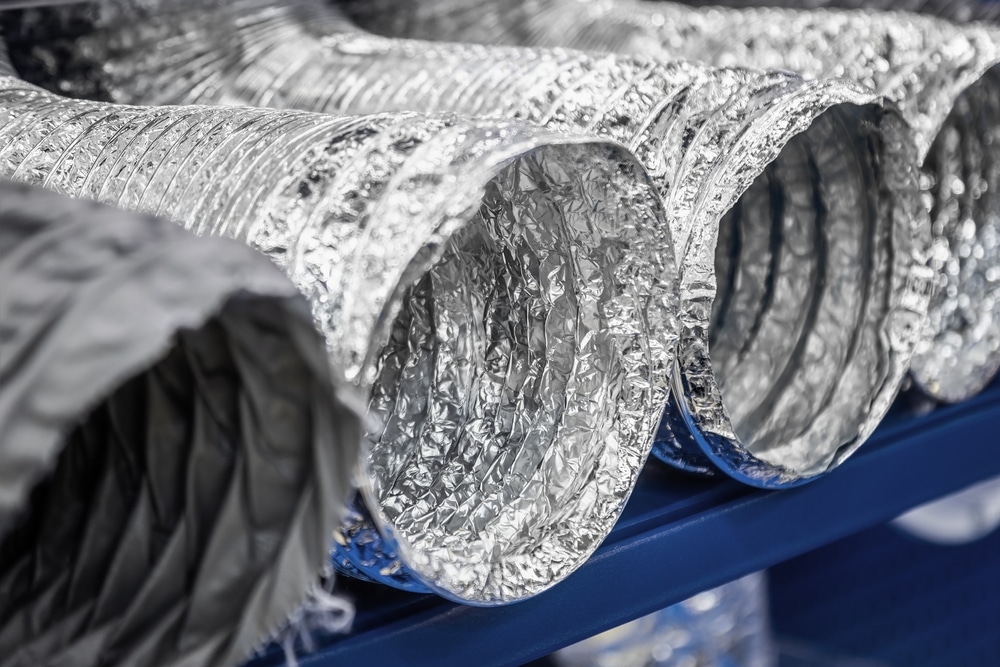
A conduit is:
- A pipe or channel for conveying water etc.
- A duct or tube into which electrical cables may be pulled; a type of raceway.
- A means by which something is transmitted.
Whilst ducting is defined as:
- A pipe, tube or canal which carries gas or liquid from one place to another.
heating and air-conditioning ducts - An enclosure or channel for electrical cable runs.
By these definitions, ducting falls under the classification of a conduit as it conveys air. Your HVAC system can have ducting for air, and a conduit for its wiring (depending on the system).
Depending on where you are and who you speak to, the terms ducting and conduit may be used interchangeably to describe the exact same thing. Essentially, there is no difference between the two.
Sealing ducts
Firstly, why would you need to seal your ducting?
Unfortunately, leaks can occur in your ducting from general usage over time. & it is recommended you test your HVAC system annually to stay on top of any potential repair work.
We do not advise you to leave any ducting with a leak, as soon as a leak is located, be sure to turn the system off, as there will be residual fumes being breathed in which could cause health problems, especially for those with allergies.
It is possible to seal your ducts yourself, however, if you are new to this process we recommended you contact your local tradesman in order to assist you.
The best option to use to seal ducting is by using duct seal. This is a compound designed to fill cracks & leaks on ductwork. Using gloves, attach the case to a mastic gun & simply apply the sealant on the affected area. You can spread the sealant via a plastic spatula or additionally secure the area with fabric mesh.
Is HVAC & ducting the best possible prevention for mould?
If you want the best possible prevention from the dangers of mould, ventilation systems along with having a regular ventilating routine is the most secure option you take. Proper ventilation is as simple as:
- Opening a window and using an extractor fan during or after a hot bath/shower
- Creating an airflow by opening windows on different sides of the home for around 20 minutes a day
- Buying or making use of extractor fans within the home
- Opening a window or using an extractor in the kitchen whilst cooking hot meals
- (if living in a house) opening windows downstairs and upstairs, allowing the rising hot air to escape through upstairs windows, while cool, fresh air circulates in from the downstairs windows.
Track your humidity levels
Consider buying a Hygrometer. This device measures the levels of humidity in the air, which can indicate to you which rooms are creating the perfect environment for mould. This is a valuable maintenance and detection device that we offer.
Deal with it
If you find mould on your food, dispose of it and any other foods that may have been touching the moulded food, or open within the same area. If you find mould on any surfaces, clean it immediately with our anti-mould surface cleaner.
If mould reappears at a certain spot in your home, check to see if there is any leak or damage to the area that can be letting moisture in. If so, contact your landlord or trusted tradesman to fix the issue.
Browse our mould control options for the best possible solutions to dealing with mould.
Please note that these steps will not completely defend against mould if there are leakage issues in your home, but will certainly help to mitigate the growth of mould if done on a regular basis.
I-Sells – Contact us
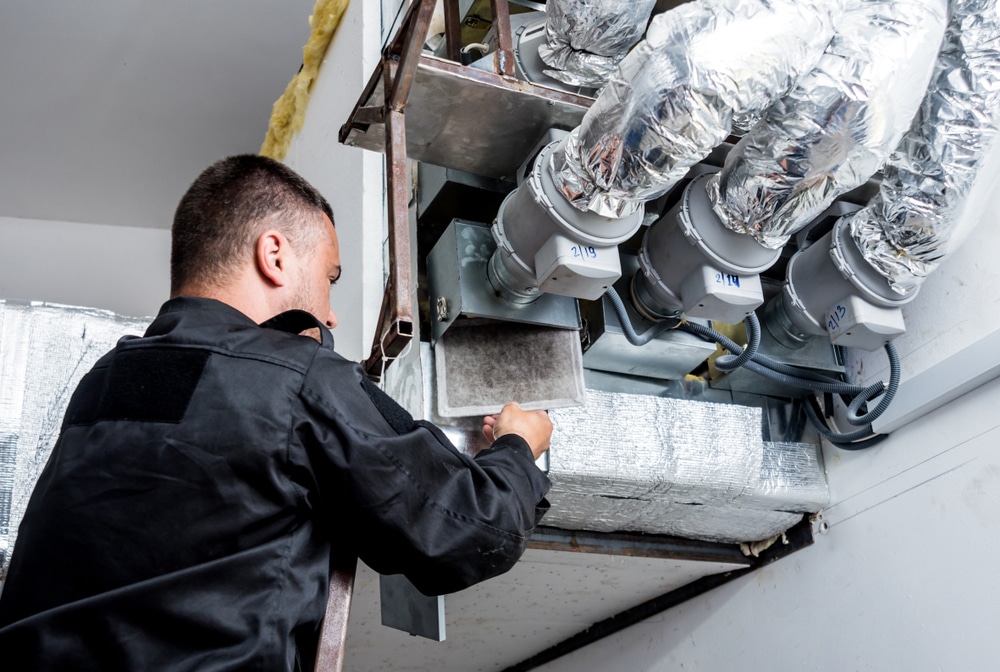
We at I-Sells endeavour to make sure our customers have all the information they need before choosing to invest in our mould solutions. Be sure to visit our blog page to gain knowledge on the wide array of factors and issues surrounding ventilation, mould, condensation, and much more.
We hope to have answered the question ‘What is the difference between conduit and ducting?’
We understand you may have more questions, Please do not hesitate to contact us for more information with regard to whatever you may need our help with. If you’d like to send us an email, click here. For other contact options, see below:
Call us on 020 8463 9696
Visit us at our showroom:
*OPENING TIMES*
Monday – Friday: 8:00 am to 5:30 pm
Saturday: 9:00 am to 12:00 pm
Sunday: Closed
15 St John’s Parade
Sidcup, Kent
DA14 6ES
United Kingdom

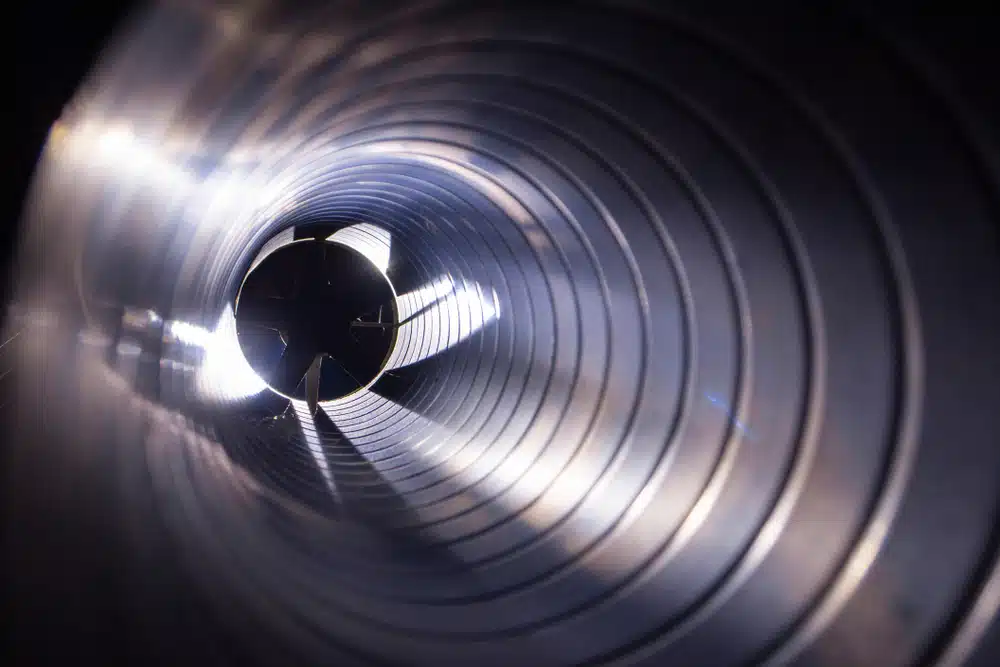


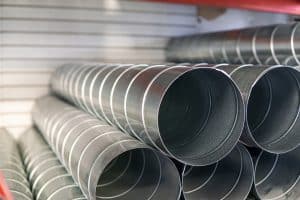
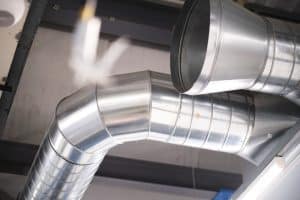























Add comment
You must be logged in to post a comment.